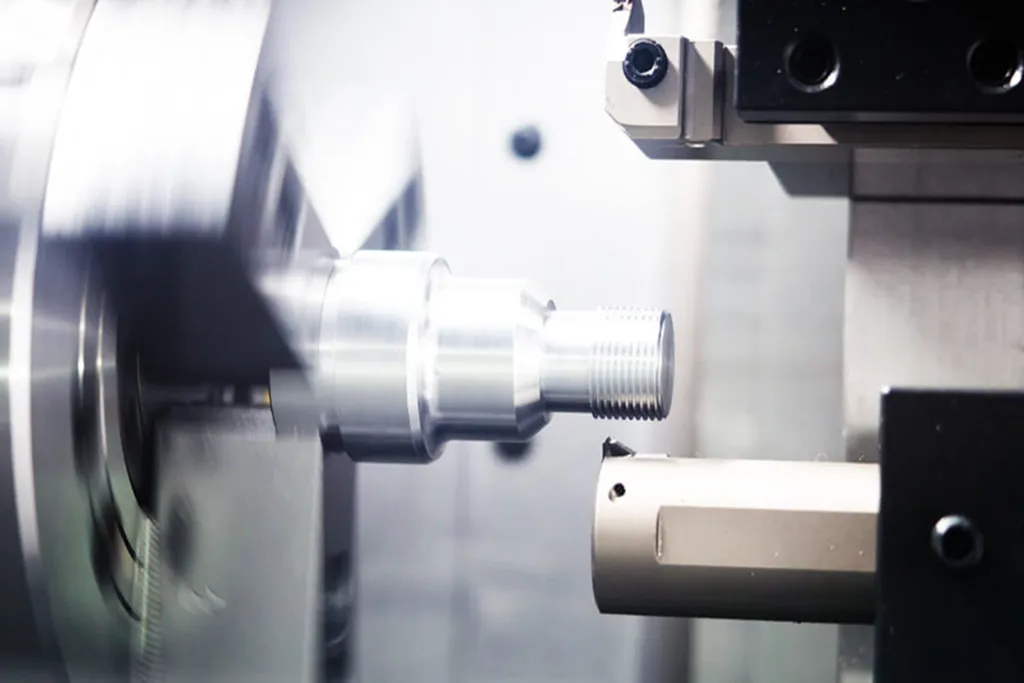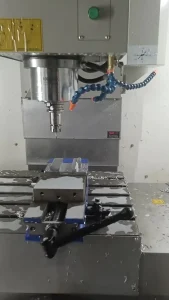Plastic 3D printing has transformed the manufacturing landscape. This innovative technology allows users to create three-dimensional objects from digital models. It offers a cost-effective and efficient way to produce prototypes and end-use products. In this article, we will explore what plastic 3D printing is, how it works, and its benefits.

Understanding Plastic 3D Printing
Plastic 3D printing involves using thermoplastic materials to create objects layer by layer. The process begins with a digital design, which is sliced into thin layers by specialized software. This sliced data guides the 3D printer in building the object from the ground up.
Common 3D Printing Technologies
There are several technologies used in plastic 3D printing. The most popular methods include:
- Fused Deposition Modeling (FDM): This method extrudes melted thermoplastic through a nozzle, layer by layer. It is widely used due to its accessibility and affordability.
- Stereolithography (SLA): SLA uses a laser to cure liquid resin into solid plastic. This technique offers high precision and smooth finishes.
- Selective Laser Sintering (SLS): SLS involves using a laser to fuse powdered plastic materials. It allows for more complex geometries and supports for intricate designs.
The 3D Printing Process
Step 1: Design Creation
The first step in plastic 3D printing is creating a digital design. Designers often use CAD (Computer-Aided Design) software to develop the model. This software allows for precise measurements and adjustments.
Step 2: Slicing the Model
Once the design is complete, the next step is slicing the model. Slicing software divides the 3D model into layers, creating instructions for the printer. This step is crucial for ensuring the printer understands how to build the object layer by layer.
Step 3: Setting Up the Printer
After slicing, it’s time to set up the 3D printer. Load the chosen thermoplastic material into the printer. Common materials include PLA, ABS, and PETG. Each material has unique properties, so choose one that suits your project requirements.
Step 4: Printing the Object
Now, the printing process begins. The printer follows the sliced data to extrude or cure the material layer by layer. This step can take anywhere from a few hours to several days, depending on the object’s complexity and size.
Step 5: Post-Processing
Once printing is complete, post-processing may be necessary. This can include removing support structures, sanding, or painting the object. Post-processing enhances the final product’s appearance and functionality.
Benefits of Plastic 3D Printing
Plastic 3D printing offers numerous advantages. Here are some key benefits:
1. Cost-Effectiveness
3D printing reduces material waste compared to traditional manufacturing methods. It allows for on-demand production, which can save money on inventory and storage costs.
2. Design Flexibility
This technology enables designers to create complex shapes and structures that would be difficult or impossible to achieve with traditional methods. This flexibility leads to innovative product designs.
3. Rapid Prototyping
Plastic 3D printing accelerates the prototyping process. Designers can quickly produce prototypes for testing and feedback. This speed allows for faster iterations and improvements.
4. Customization
3D printing allows for easy customization of products. Businesses can create tailored solutions to meet specific customer needs without significant cost increases.
Applications of Plastic 3D Printing
Plastic 3D printing has a wide range of applications across various industries:
- Healthcare: It is used to produce custom prosthetics, dental models, and surgical tools.
- Aerospace: Manufacturers use 3D printing for lightweight components and complex parts.
- Automotive: 3D printing helps create prototypes, tooling, and end-use parts in vehicles.
- Consumer Products: From toys to household items, 3D printing enables rapid design and production.
Conclusion
In conclusion, plastic 3D printing is a revolutionary technology that has reshaped manufacturing. It involves creating objects layer by layer from thermoplastic materials. The process includes design creation, slicing, printer setup, printing, and post-processing. With benefits like cost-effectiveness, design flexibility, and rapid prototyping, it has numerous applications across industries. Embracing plastic 3D printing can enhance innovation and efficiency in your projects. Whether you’re a designer, engineer, or entrepreneur, understanding this technology will empower you to leverage its full potential in your work.






